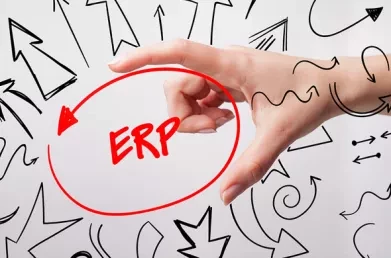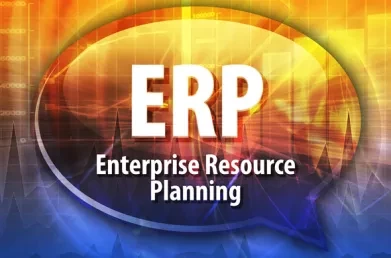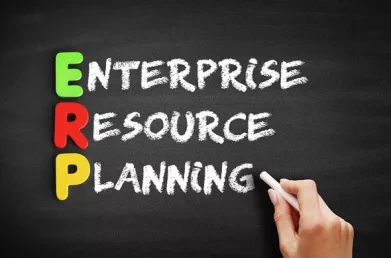Two-Tier ERP Strategies
The goal of “one size fits all” ERP has increasingly been found wanting for large, complex and diverse organisations. In fact, they’re finding exactly the opposite – making a legacy system work across every element of an organisation isn’t necessarily the best solution.
The idea of two-tier ERP means that legacy or Tier 1 (e.g., SAP or Oracle) solutions retain their role at the top or centre of the organisation’s ERP landscape, but lower cost solutions are used to support local/regional or business unit specific requirements.

If you Google “two tier erp strategy” you’ll find the top results are largely based on research done by R “Ray” Wang of the Constellation Research Group. The research lists the key drivers behind the recent growth in companies adopting two-tier ERP strategies, and highlights three scenarios where it makes sense to take this approach. The reasons all make perfect sense, but what does it mean in practice?
An e-book published by Epicor shows us some examples. Both of these examples utilise a hub-and-spoke strategy to deliver two-tier ERP.
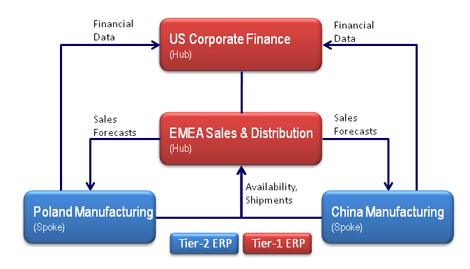
Scenario 1:
Legacy ERP continues to operate in US & EMEA, but new manufacturing plants use a different system (Source: Adapted from [2])
In Scenario 1, the US & EMEA continue to run corporate legacy ERP for Financials, Sales and Distribution. Originally there were manufacturing plants in the US and Western Europe, but manufacturing has been moved to Poland and China. The plants in Poland & China run a Tier-2 ERP specifically to meet their manufacturing requirements as well as local language and accounting needs. The integration points shown are indicative – the exact nature of the integration required will depend on business needs.
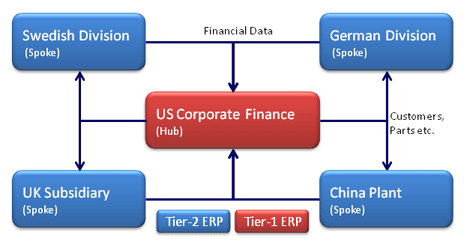
Scenario 2:
US parent runs corporate legacy ERP for Financials; all other sites use a different systems (Source: Adapted from [2])
In Scenario 2, the US parent organisation runs corporate legacy ERP for Financials. In order to support local accounting, manufacturing and distribution requirements local divisions and subsidiaries in Europe as well as a manufacturing plant in China run a Tier-2 ERP. This provides a level of agility in terms of adding new entities and dealing with changing business needs that the legacy system can’t easily address. Clearly a robust and detailed selection process is necessary to identify a Tier-2 ERP solution capable of meeting a diverse set of business and technical requirements for a scenario like this.
Every organisation has its own unique situation, but in general the main drivers for two-tier ERP strategies can be distilled down to:
- Cost Reduction: The cost of rolling out a Tier-1 system to all sites within an enterprise can be enormous, and the legacy system may not have the features required without upgrading. Tier-2 ERP, SaaS or industry-specific solutions can be deployed much more quickly and cheaply, and if you can devise a repeatable template so much the better! Savings can also be made in relation to ongoing maintenance and upgrade costs. Of course the cost of integrating the two ERP systems must be factored into the overall picture; the exact nature of the integration required will vary hugely depending on the business.
- Servicing of local needs: The ability to service local industry-specific or geography-specific requirements or to deliver functionality that doesn’t exist in the legacy system.
If your business is expanding, diversifying or acquiring new business units then the challenge of delivering systems to support the changing business environment can force an evaluation of your business systems strategies. Two-tier ERP strategies can be part of the answer.
This blog was written by John Donagher, Principal Consultant at Lumenia. If you would like further information on business systems strategy please send an e-mail to John Donagher.
